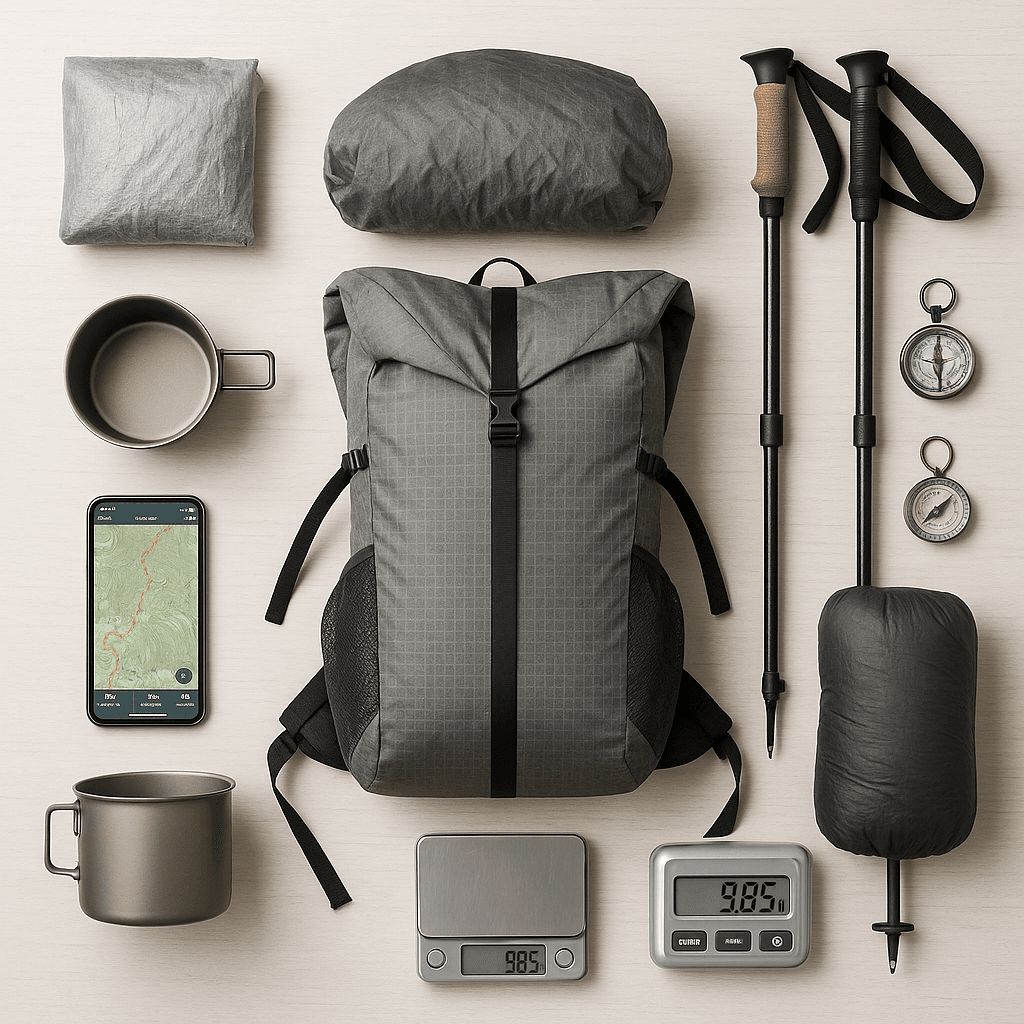A detailed ultralight backpacking guide from WIRED is gaining unexpected traction online, but raises questions about tech publications expanding into traditional outdoor gear coverage. The article, published by Scott Gilbertson, advocates for reducing pack weight to under 10 pounds through gear optimization and mindset shifts. While the content quality is solid, it highlights the blurred lines between tech and lifestyle content as digital publications chase broader audiences.
WIRED just dropped something unexpected in their feed - a deep dive into ultralight backpacking that reads more like Outside Magazine than a tech publication. Scott Gilbertson's comprehensive guide walks readers through achieving the holy grail of ultralight hiking: a base pack weight under 10 pounds, excluding food and water.
The piece traces the movement's roots to a pivotal 1994 article by Mark Jenkins in the now-defunct Backpacker magazine. Jenkins' "Less is More" philosophy sparked what Gilbertson calls a revelation that changed how thousands approach backcountry travel. "By the end, he and his traveling partner shed all the gear they thought they needed, save what they were wearing, their down jackets, and some spoons," Gilbertson writes.
What's fascinating isn't just the content itself, but what it represents for tech media. WIRED built its reputation covering Silicon Valley, cyberpunk culture, and digital innovation. Yet here's a 2,000-word treatise on sleeping bag weights and tarp configurations. It signals how tech publications are expanding their coverage areas as they compete for attention in an increasingly crowded digital landscape.
Gilbertson's approach centers on mindset over gear lists. His core principle: ruthlessly evaluate every item against four criteria - will this keep me warm, comfortable, well-fed, or safe? If the answer isn't a solid yes, leave it home. "For most people the biggest gains will be in what you don't bring rather than what you do," he explains.
The "Big Three" - backpack, shelter, and sleep system - typically account for most pack weight. Gilbertson suggests starting with shelter and sleep setup before choosing a pack size, advice that runs counter to most gear buying patterns. He's particularly evangelical about quilts over sleeping bags, admitting he "long resisted" them before becoming a convert.
But the real insight comes in his philosophical framework. Ultralight isn't about perfect gear or hitting exact weight targets. "I sometimes go over the limit myself, especially on local weekend trips," Gilbertson admits. It's about removing barriers to enjoying the backcountry experience.
The article's most practical advice involves separating eating from camping - a technique that reduces animal encounters while enabling earlier starts and more flexible daily rhythms. "Having less stuff makes breaking camp easier - I can wake up and just start walking," he notes.

